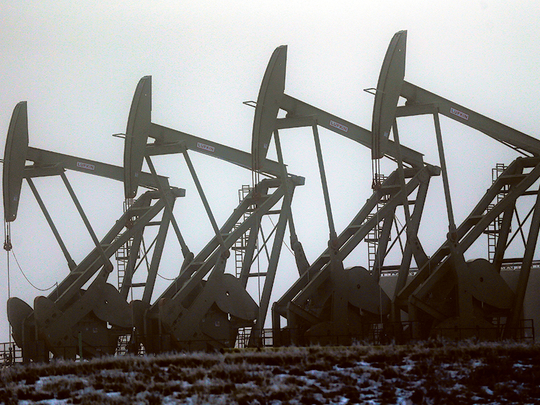
Abu Dhabi: Despite rising coronavirus cases and worries of a second pandemic wave, oil prices continue to find themselves in the low $40 range, with oil markets seeing little room from breaking beyond their current levels.
“Oil market volatility continues to wane with prices recording their third consecutive week of minimal change,” said Edward Bell, senior director, Market Economics at Emirates NBD. “Brent futures gained all of 20 cents last week to close at $43.34/barrel while WTI (West Texas Intermediate) saw a ‘richer’ gain of $0.75/b, three measly US quarters, to settle at $41.34/b,” he added.
“The lack of movement is attributable to markets having to assess whether demand will succumb to second waves of coronavirus across many countries while the supply side adjustment from Opec+ and others is already priced into the market,” he said.
And in their latest outlook on oil demand, Rystad Energy said oil growth would remain flat up until at least October as a mild second wave currently takes hold.
“The updated base case scenario assumes a temporary pause in global demand recovery, as the reopening of Europe and other regions is offset by Covid-19 outbursts in populous and high oil-consuming countries in the Americas and Asia such as the United States, Brazil and India, among others.
“Global oil demand in our base case is now expected to stay relatively flat from July to October 2020 and then inch up again from November, albeit at a much slower rate than previously estimated,” the group added.
“In November, oil demand is likely to reach 93 million barrels per day (bpd) and in December climb a bit more to 94.7 million bpd – still a far cry compared to the pre-Covid oil demand.”
Better positioned oil markets, however, means that the demand destruction witnessed in April will not repeat itself should the worst case scenario of a full blown second wave take hold.
“The world is better prepared to introduce smarter and more targeted lockdowns, handle infections, and also because the global economy can simply not afford another steep economic meltdown,” the group said.
“In the grim case of the full-blown second wave lasting from August to October, there will be long-lasting demand impacts that carry into 2021 and beyond.”








